Find Your Way with Confidence
Contours, Scale, and the Landscape Beneath the Paper
Compass Mastery from Needle to Bezel
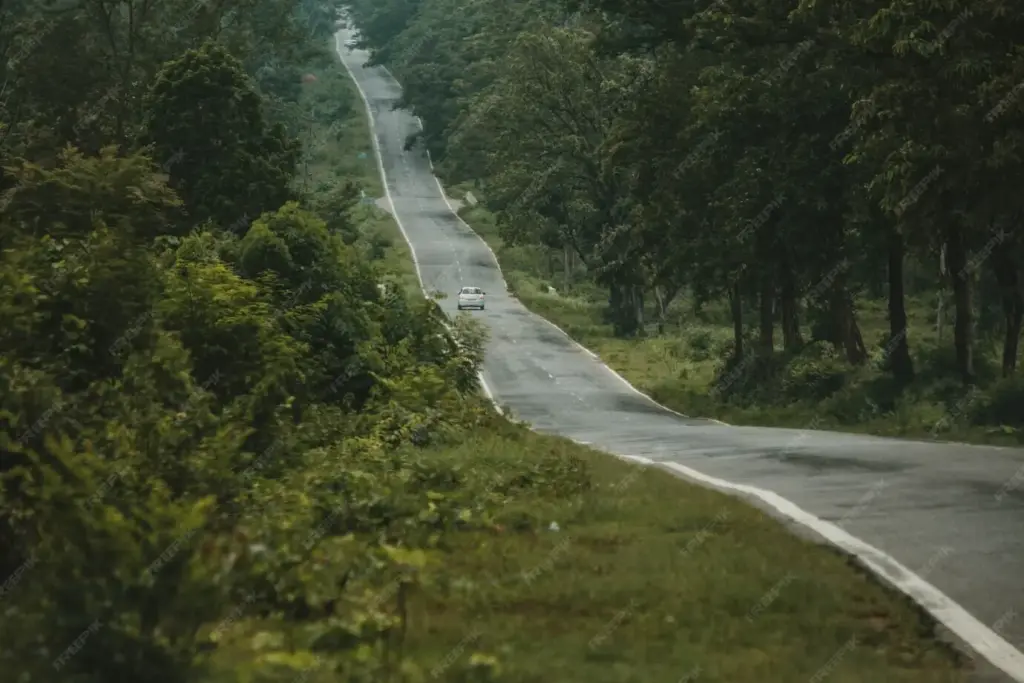
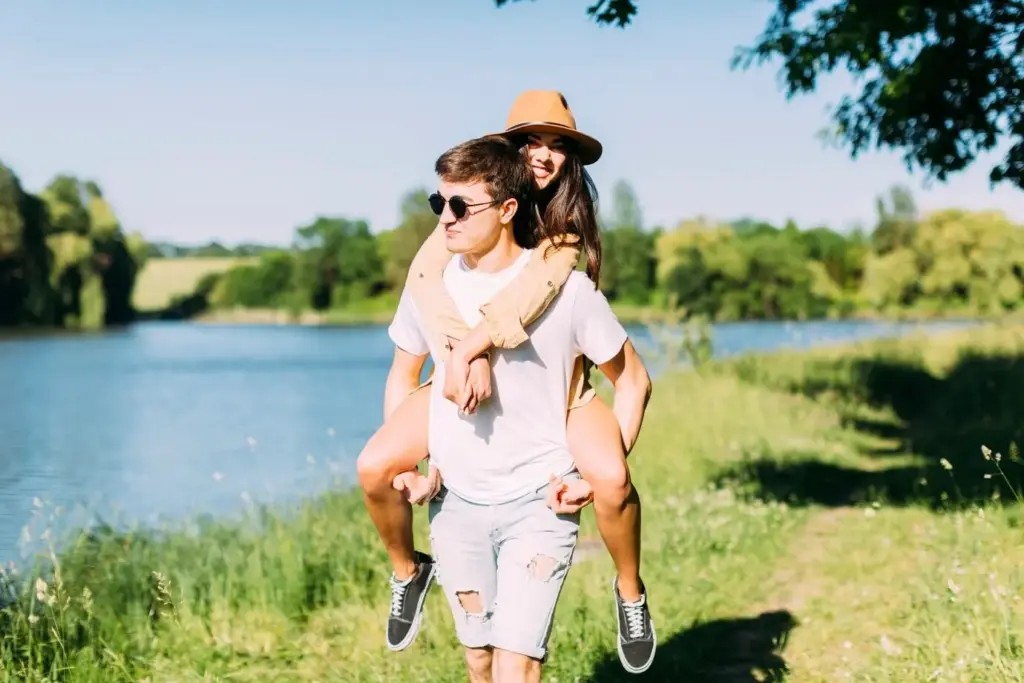
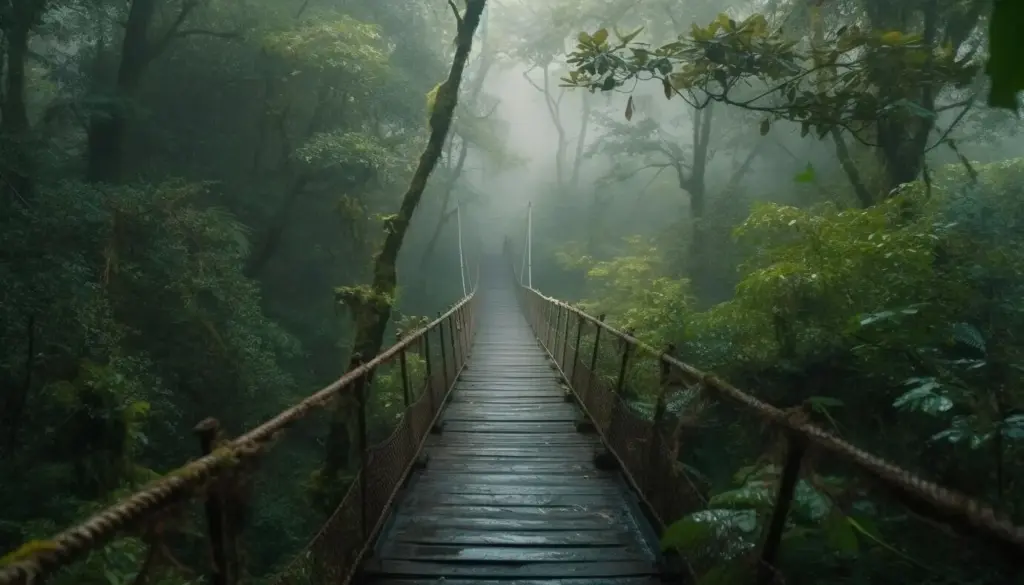
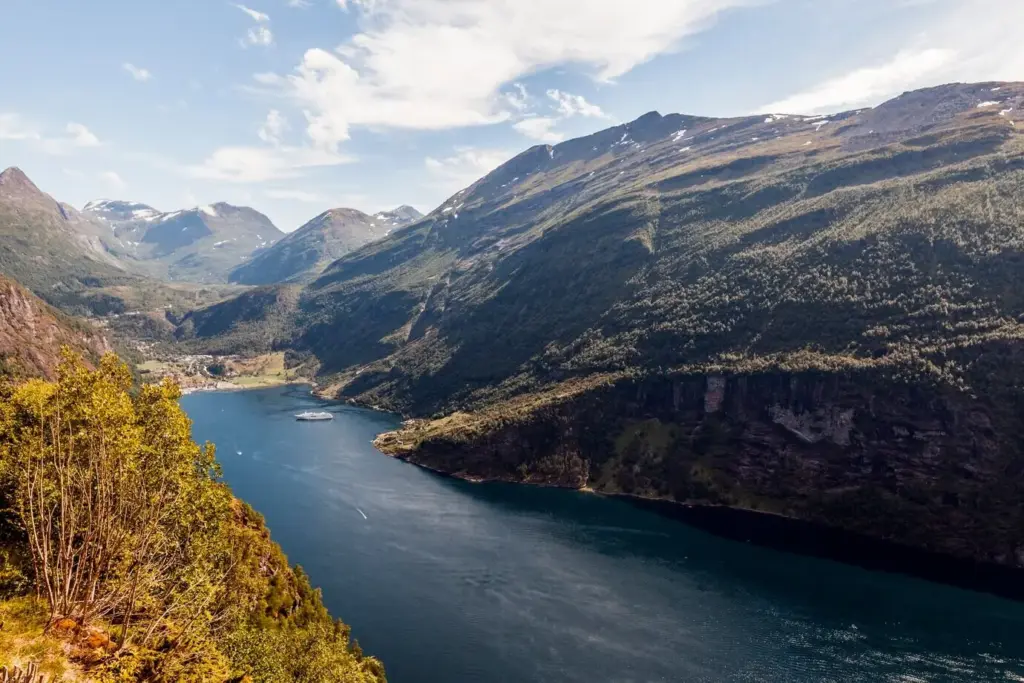
Uniting Map and Compass for Real-World Decisions
Orienting the map so the land matches the page
Lay the map flat, rotate until ridges, valleys, and roads align visually, then confirm by setting the bezel to your declination-corrected north and putting red in the shed. Landmarks should fall into place, turning symbols into familiar shapes you can point toward confidently.
Triangulation that works even in low visibility
Identify two or three distinct features, shoot bearings to each, and draw lines back from your map’s features using the corrected angles. Where lines meet is your position. If fog hides distances, prioritize unique shapes like lone buttes, confluences, or tower silhouettes for clarity.
Rethinking routes when obstacles appear
When a swollen creek, avalanche debris, or closed trail blocks progress, pause, reorient, and sketch alternatives. Follow contour-friendly benches, use attack points closer to your objective, and preserve a safety buffer by choosing handrails and backstops that forgive small mistakes during the detour.
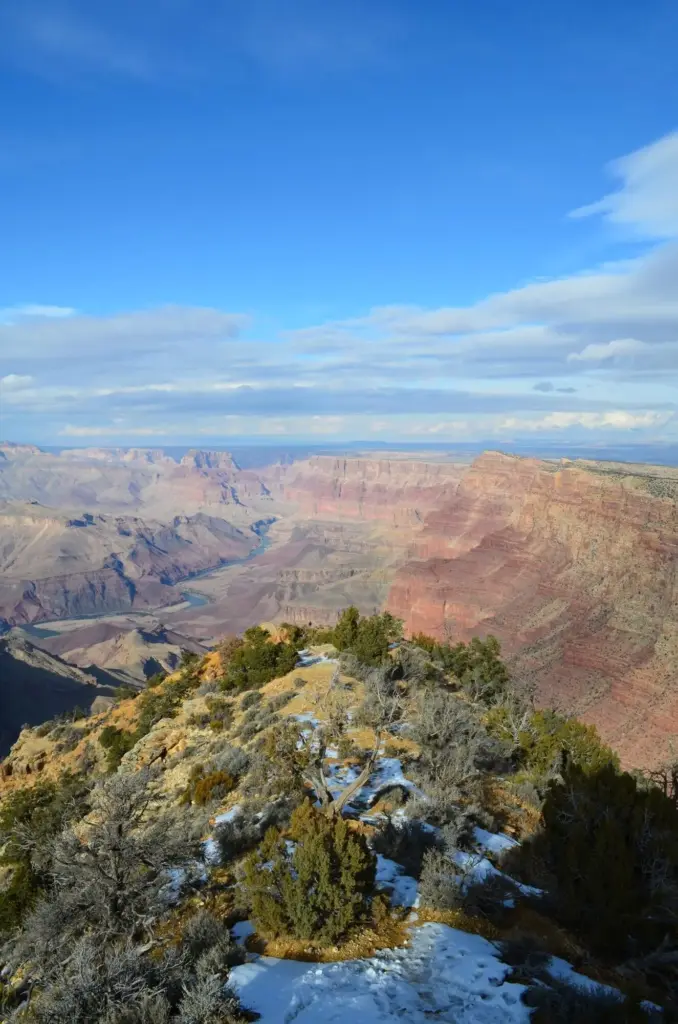
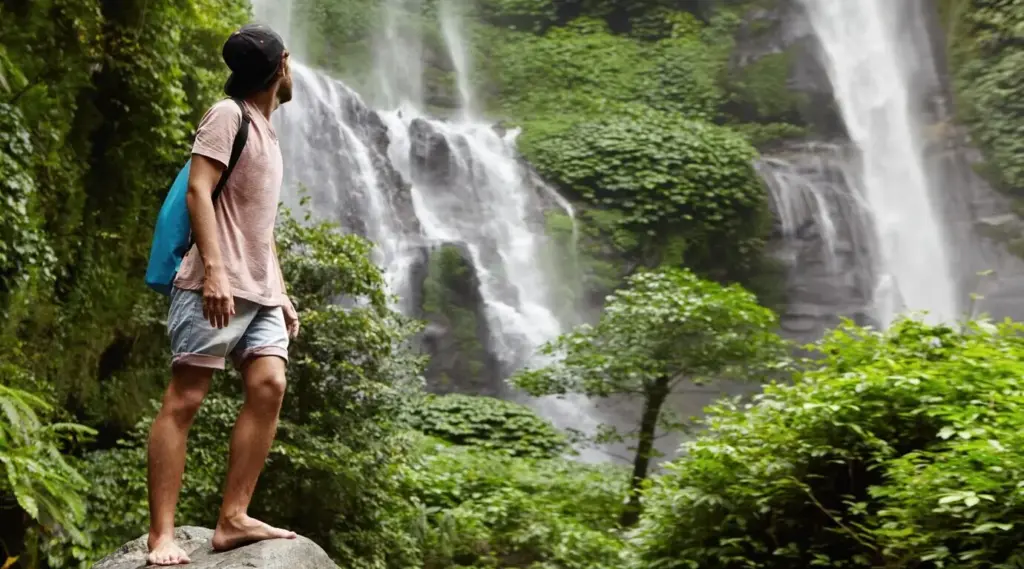
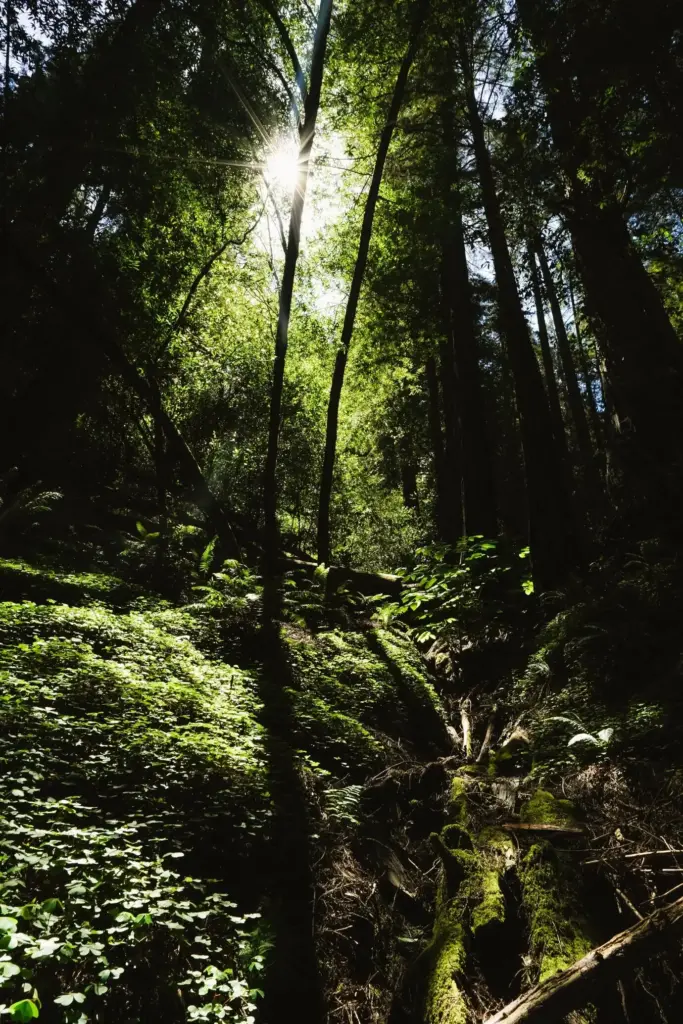
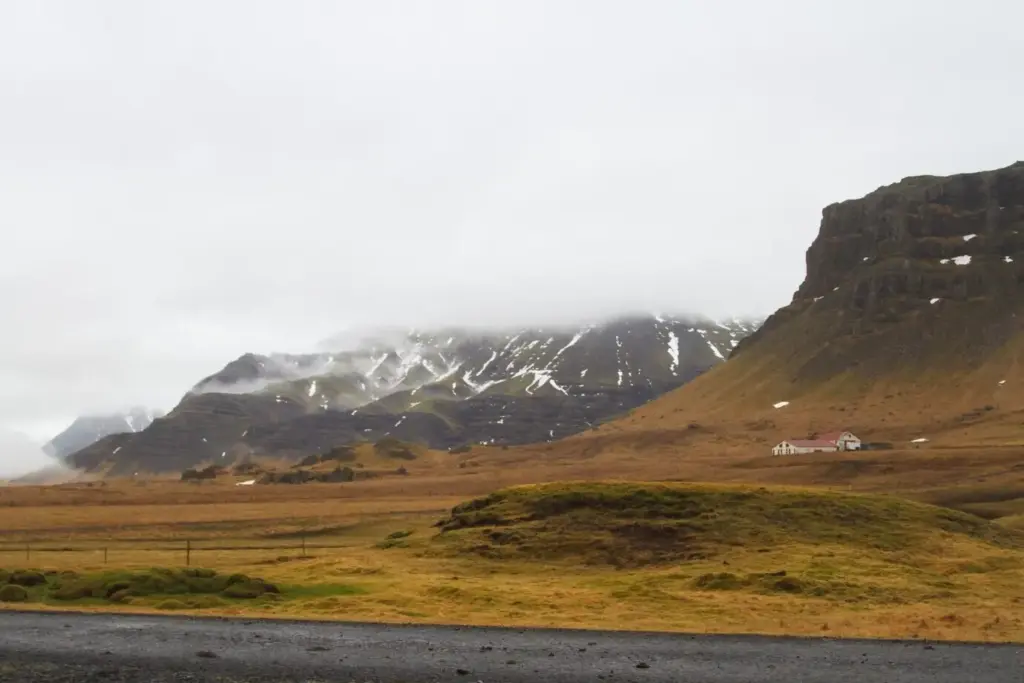
Route Planning That Respects Time, Elevation, and Energy
Field Techniques You’ll Actually Use
Handrails, catching features, and backstops
A wide creek, cliff band, or ridgeline can guide you like a fence beside a sidewalk. Choose a catching feature beyond your objective to prevent overshooting, and a backstop behind it for security. These layers forgive small errors while momentum stays forward.
Pacing, timing, and keeping a pocket log
Calibrate steps per hundred meters on flat trail, then again on uneven ground. Use a simple cord with beads or a phone note in airplane mode to track distance and minutes, recording landmarks as you pass so later choices rest on recent facts.
Night navigation and poor weather adjustments
Darkness shortens sightlines and hides subtle contours, so shrink your legs, tighten handrails, and favor unmistakable features. Reflective markers on partners help leapfrogging, while a red headlamp preserves night vision. In heavy rain, expect streams to swell and choose higher, safer crossings.
Staying Safe, Learning Fast, and Engaging with Others
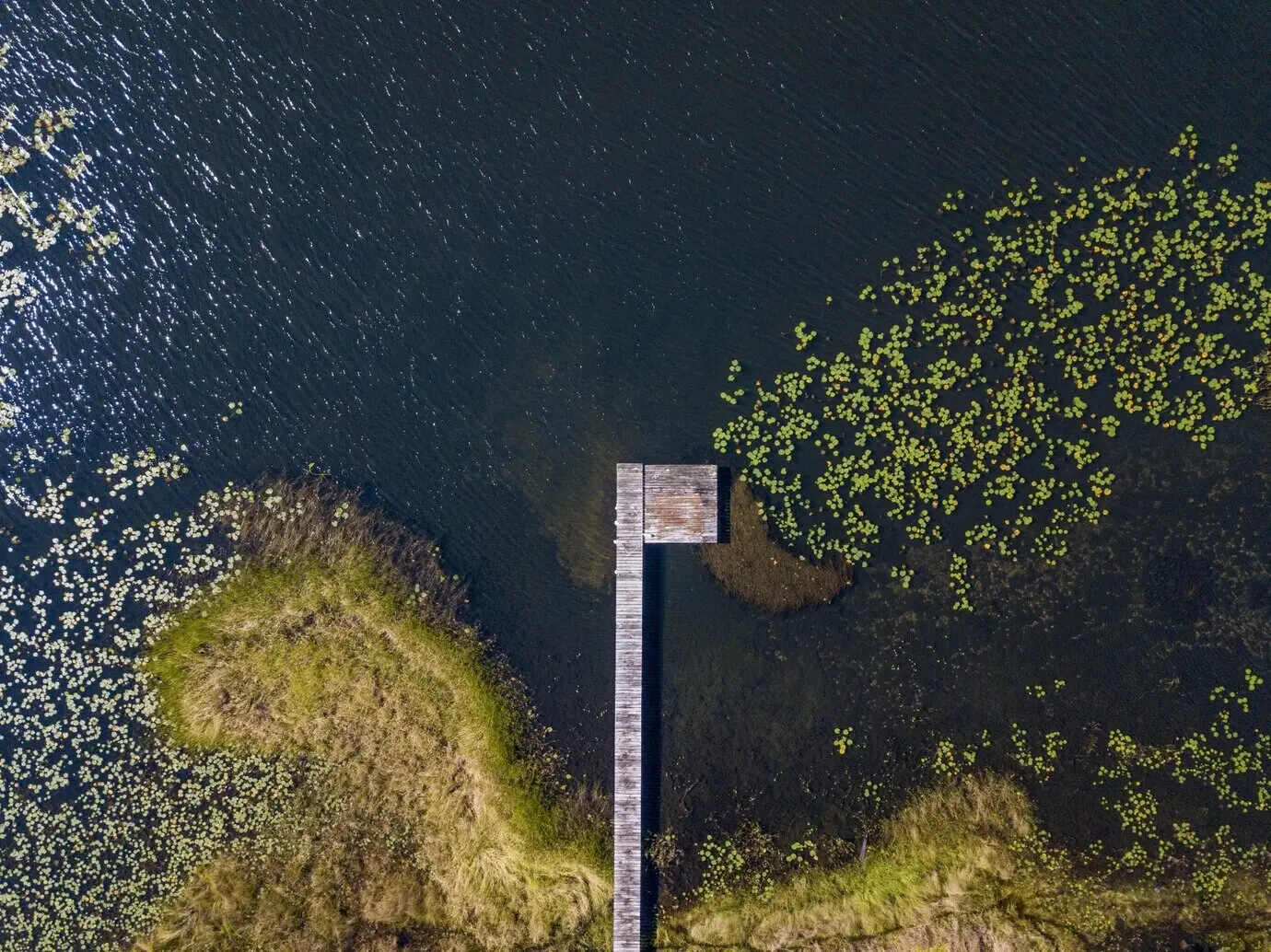
What to do if you feel lost
STOP means stop, think, observe, plan. Sit down, breathe, and review your last confirmed point. Check the backstop you intended, listen for roads or rivers, and use a short expanding square search. Conserve warmth, daylight, and honesty, then decide deliberately with teammates.

Practice drills that build durable confidence
In a city park or safe open space, hide a small object and navigate to it using only bearings and pacing. Repeat with eyes on the map, then eyes off. Rotate leaders, log errors, and celebrate small improvements like tiny calibration victories.
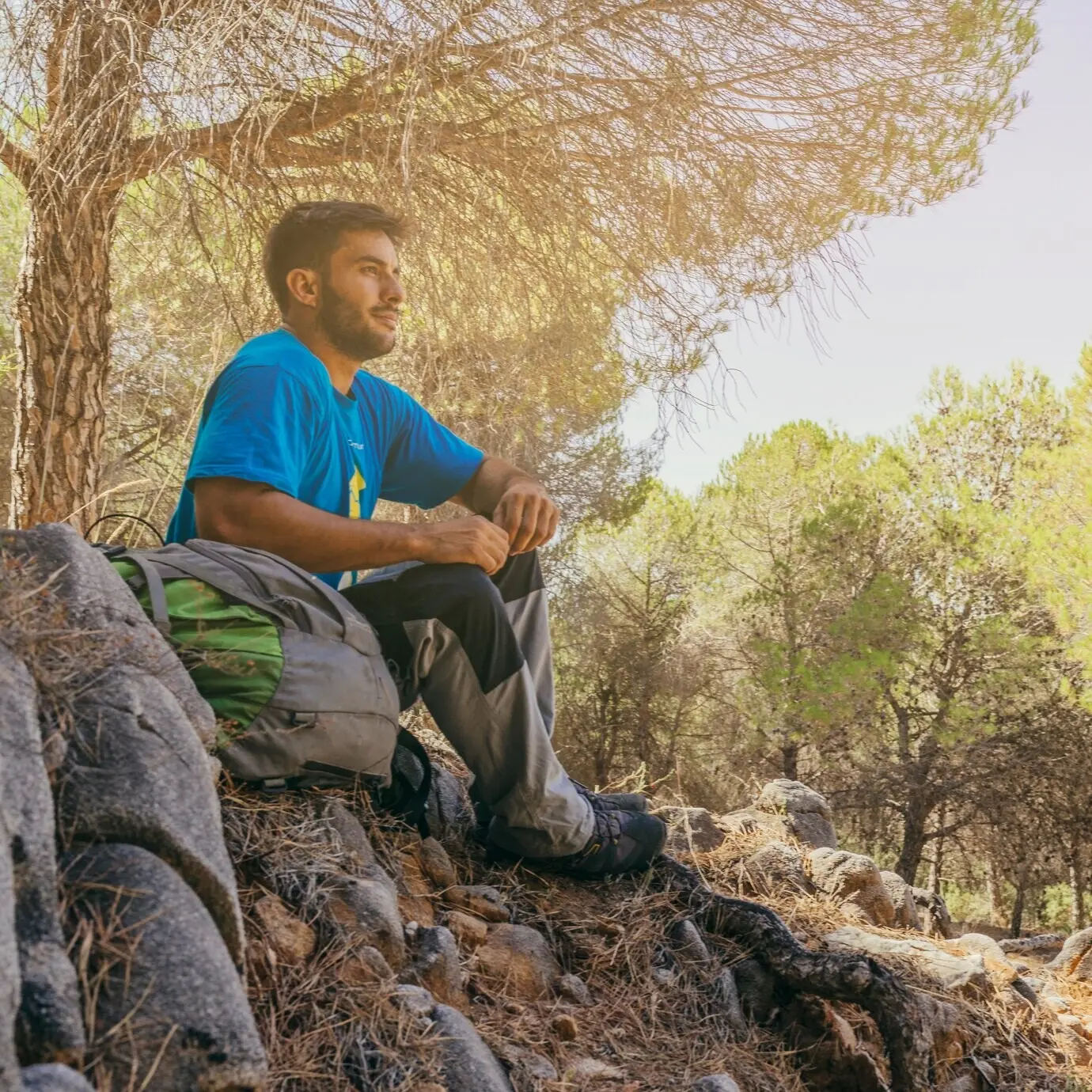
Share your progress and learn from the community
Ask for route critiques, post annotated map photos, and describe choices you made at tricky junctions. Your story may spare someone else a wrong turn, and their feedback can sharpen your next outing. Join challenges, invite beginners, and keep the conversation generous.